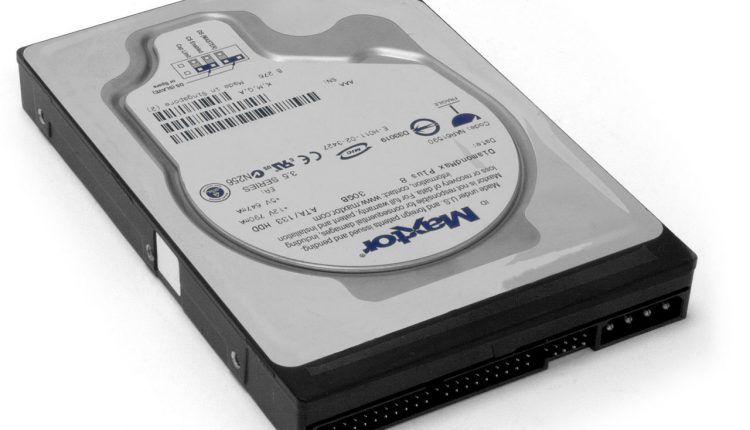What Is Memory?
Memory refers to the category of computer devices that store information in computers.
Sometimes, the term primary memory is used to refer to storage systems that function at high-speeds like Random Access Memory or RAM. This form of memory is different from secondary memory, which provides program and data storage that is slow to access but offers higher memory capacity. Sometimes, if needed, primary memory can be backed-up in secondary memory via memory management technique called “virtual memory”.
Memory can also be associated with addressable semiconductor memory, like integrated circuits which consist of silicon-based transistors which can be used as primary memory, but it has other purposes in computers and digital electronic devices. Two main types of semiconductor memory include volatile and non-volatile. Examples of non-volatile memory are flash memory and ROM/PROM/EPROM/EEPROM memory. Examples of volatile memory: primary memory (RAM, DRAM) and fast CPU cache memory.
Semiconductor memory can be organized into memory cells or bistable flip-flops that store one bit. Flash memory organization encompasses one bit per memory cell and multiple bits per cell.
Secondary memory can be referred to as storage and includes tape, magnetic disks and optical discs (CD-ROM and DVD-ROM).
Types of memory:
RAM (Random Access Memory)
ROM (Read-only Memory
PROM (Programmable Read-only Memory)
EPROM (Erasable Programmable Read-only Memory)
EEPROM (Electrically Erasable Read-only Memory)


